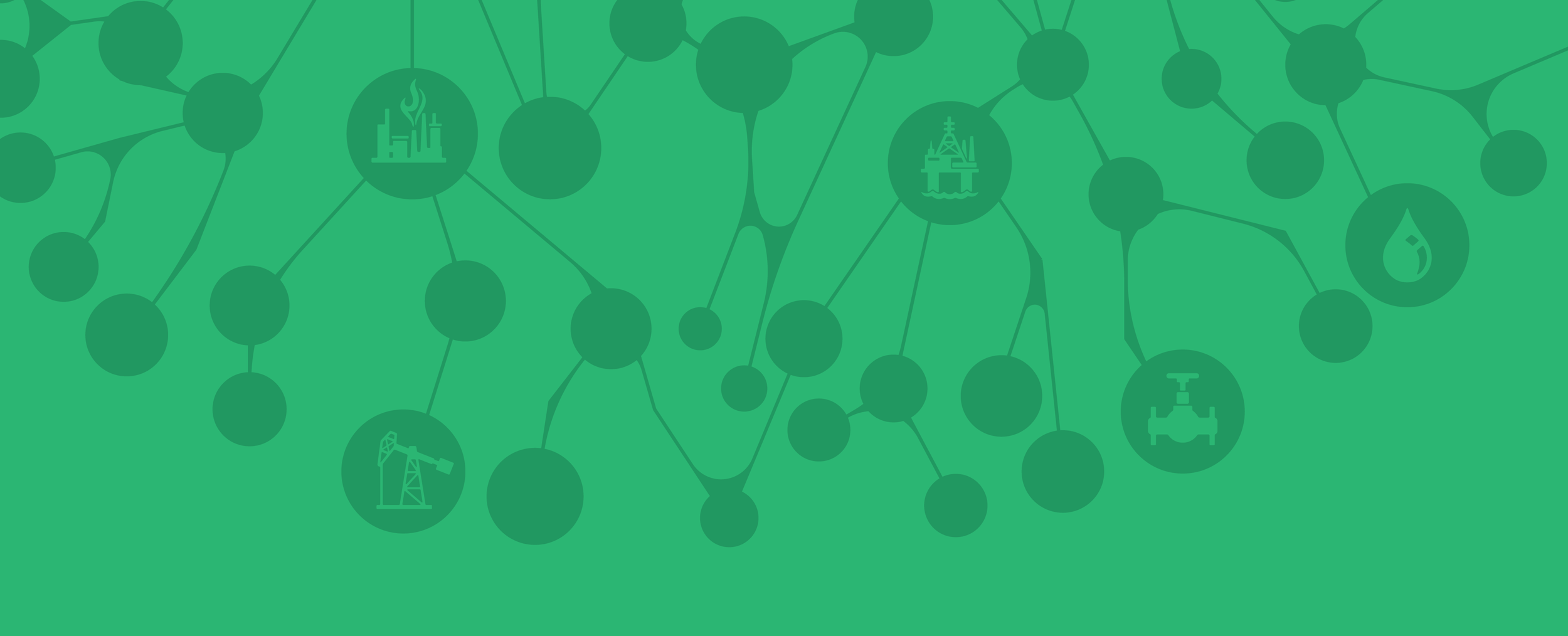
Are You Ready to Fuel Your Mind?
GATE Energy was founded with the mission of doing things right the first time. This simple yet powerful mission drove us to build processes and systems that have allowed us to hire, train, and develop graduate engineers into industry recognized subject matter experts and thought leaders.
Our Technical Blog Gives You Access To:
On-demand training videos developed by our industry experts
Easy-to-use simulation tools that will provide an 80-20 solution for typical production monitoring and optimization workflows
Technical articles and abstracts centered around energy industry knowledge and lessons learned
We want to do our part and make sure that new decision makers have the right tools, guidance, mentors, and coaches to help them make the right decision the first time, every time.
STPA: A Systems Approach to Process Hazard Analysis
Systems Theoretic Process Analysis (STPA) is a systems approach to hazard analysis. It is based on the premise that accidents happen when we lose control. They are a control problem, not a failure problem.
HAZOP Risk Assessment via the RRR Matrix
The GATE approach to risk ranking makes risk assessment easier, more accurate and more repeatable by incorporating LOPA insights into the risk matrix approach.
Combining Stream-Based HAZOPs, LOPAs & STPAs into an All-In-One Assessment
HAZOP is the most commonly applied process hazard analysis (PHA) methodology in the processing industries. It is also the most flawed!
Offshore CCUS in the Gulf of Mexico: Technical Considerations
This article discusses high-level technical considerations when refitting an existing offshore infrastructure for CCUS applications.
3 Ways to Go from Petrochemical to Renewable
Energy is changing. Because of the increasing threat of the consequences of a warming planet, new sources of energy are being developed that are expected to slow this planet-wide change. Some of these are well-known, such as nuclear, wind and solar, while others require more work, such as hydrogen, 3rd generation concentrated solar and fusion.
How Oil & Gas Can Reduce Carbon Emissions to Make Way for Renewables
The overall aim of carbon capture and sequestration (CCS) is to store carbon dioxide (CO2) in geological formations in order to reduce the amount in the environment and lower the risk of catastrophic climate change. The rate of CO2 emission and the amount of it in the atmosphere has been increasing steadily since the beginning of the Industrial Revolution in the early part of the 19th century.
VME Stress Calculator
This calculator calculates the triaxial stress (VME) at a given depth.
Buckling Calculator for Vertical Wells
This calculates AP collapse resistance for a specific pipe.
Ebook: Making Sense & Making Decisions
This book is an exploration of what decision theory has to say about these and other common engineering problems.
Ebook: HAZOPs Should Be Fun! The Stream-Based Hazop
The GATE Stream-based HAZOP process avoids these pitfalls via some novel modifications to the process. You can obtain a copy of the book here.
Complexity Part 2: Solutions To Project Complexity
In Part 1 of this GATEKEEPER series on complexity, we identified 8 key sources of project and project team complexity. In Part 2, we discuss what can be done about them.
Complexity Part 1: A Cause Of Project Failure
A project consists of two interacting networks; one CPS (the kit) and one CAS (the human organization). We should expect some surprises (emergence) from the interaction of these two complex systems.
SOPs That Operators Will Actually Want To Use: A Guide To Writing Effective SOPs
SOPs are important for the safe and effective operation of industrial plants, including oil and gas facilities. But SOPs are frequently developed late in the project, after the design is completed and construction is well underway. And they may be used for little other than operator training. Following startup, they often end up on a shelf collecting dust. Used this way, SOPs have little influence on either the design or the operation of the facility. SOPs can be so much more. They can be both an integral part of the design process and a catalyst for culture change in the industry.
Effective CMMS Database Development
When properly developed, a CMMS tool can ensure that detailed equipment information is readily available, improve reliability, reduce equipment and facility downtime and more.
SIMOPs, Permits & Isolations Management: System & Personnel
Proper use of the program ensures that careful consideration is given to all potential project hazards and that suitable precautions are taken to minimize risk.
Downhole Tubing & Casing Material Selection: Offshore Production Wells
Material selection is a nuanced process. A primary assessment based on environmental and operating conditions enables identification of outright inappropriate materials and allows a general selection to be made.
Human Error In Procedure Following
Studies suggest that humans conducting simple, mundane tasks make an error roughly 1% of the time. Error rates for complex tasks are much higher. Some procedures are more error-prone than others. It is incumbent upon us to write procedures that are not only accurate, but that are likely to be implemented without error.




